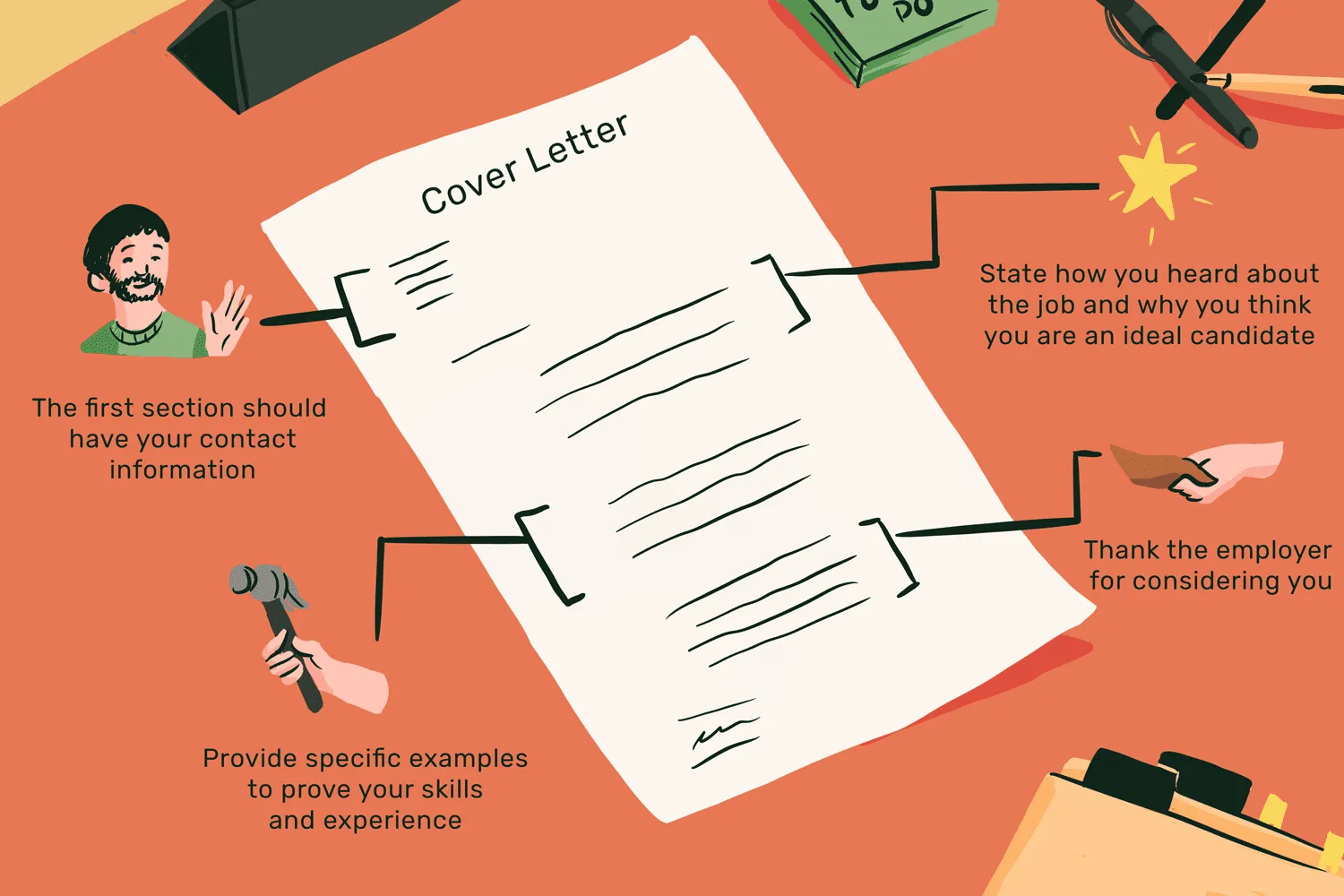What is a Cover Letter
A cover letter is a crucial document that accompanies your resume when applying for a job. It serves as your first introduction to a potential employer and provides an opportunity to showcase your personality, skills, and enthusiasm for the position. Unlike a resume, which provides a factual overview of your experience, a cover letter allows you to tell a story, explain your motivations, and demonstrate why you are the perfect fit for the role and the company. It’s your chance to make a strong first impression and persuade the hiring manager to read your resume with interest and invite you for an interview. Think of it as your personal marketing document, designed to sell your unique value proposition.
The Importance of a Cover Letter
In today’s competitive job market, a well-crafted cover letter can significantly increase your chances of landing an interview. It’s an opportunity to provide context to your resume and highlight the specific skills and experiences most relevant to the job description. Many employers consider a cover letter a mandatory part of the application process because it reveals your communication skills, attention to detail, and genuine interest in the opportunity. It allows you to explain any gaps in your employment history, address specific requirements mentioned in the job posting, and demonstrate your understanding of the company’s mission and values. Ultimately, a strong cover letter can set you apart from other applicants and make you a more memorable candidate.
Cover Letter Structure
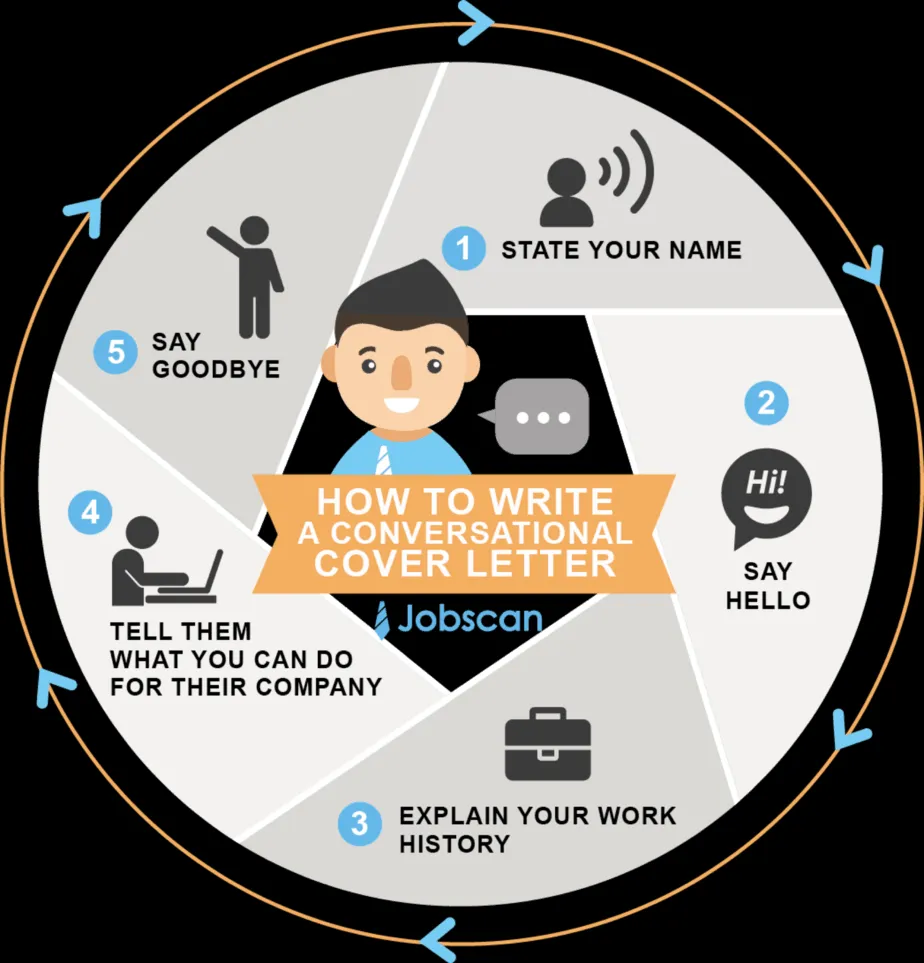
A well-structured cover letter is easy to read, concise, and engaging. It should follow a standard format, generally consisting of a header, recipient information, salutation, body paragraphs, closing, and sign-off. Each section plays a vital role in conveying your message effectively. Sticking to a clear and logical structure helps the hiring manager quickly grasp your key qualifications and understand why you are the ideal candidate. The structure provides a framework for you to articulate your value proposition, showcasing your skills and experiences while demonstrating your genuine interest in the specific role and company.
Header
The header of your cover letter should include your contact information, such as your name, address, phone number, and email address. It’s important to make this information easily accessible so the hiring manager can quickly reach you. Ensure your email address is professional. Use a simple, clear font and format, and make it consistent with your resume. You might also consider including a link to your professional online profile, such as LinkedIn. The header sets the stage for your application, providing the essential details needed for the employer to reach you.
Recipient Information
Always address your cover letter to a specific person, if possible. Research the hiring manager’s name and title, and address them directly. If you can’t find a specific name, try to find the department or the hiring team. Using a specific name is more personal and shows you’ve taken the initiative to learn more about the company. Avoid generic greetings such as “To Whom It May Concern.” If you can’t find a name, use a professional and appropriate alternative, such as “Dear Hiring Manager” or “Dear [Department Name] Team.” It’s a sign of professionalism and attention to detail.
Salutation
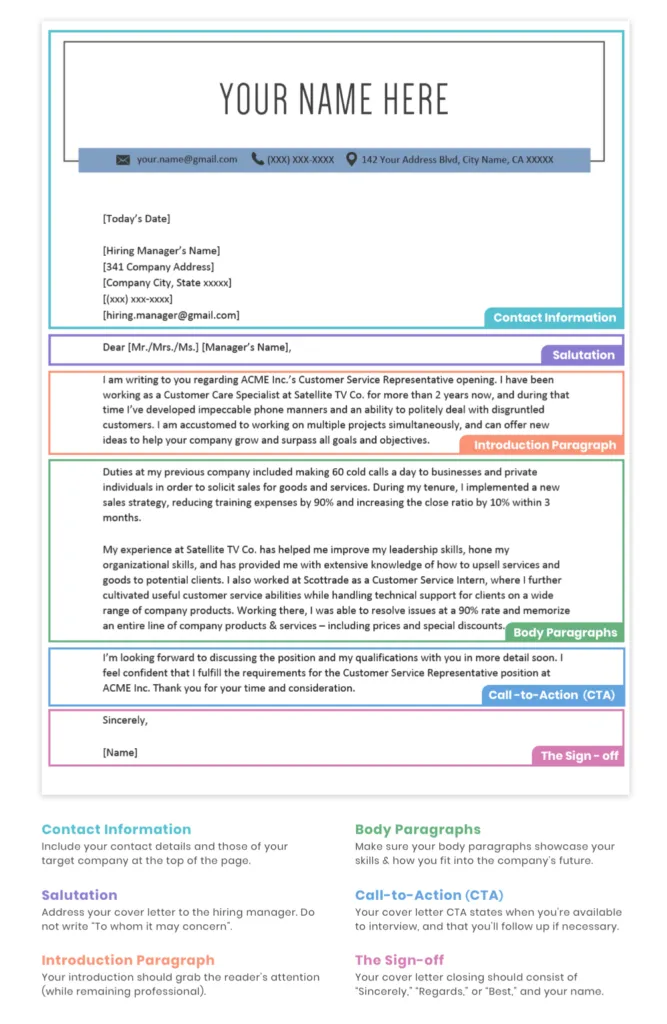
The salutation should align with your recipient information. If you know the hiring manager’s name, use a formal greeting, such as “Dear Mr./Ms./Mx. [Last Name]:”. If you are unsure of the name, a generic greeting such as “Dear Hiring Manager” is acceptable. Ensure the salutation is appropriate for the company culture and industry. The salutation sets the tone for the rest of your letter, so a professional and respectful opening is essential.
Body Paragraph 1 Introduce Yourself and State the Position
The first paragraph should immediately state the purpose of your letter and the specific position you’re applying for. Briefly introduce yourself and explain where you found the job posting. This paragraph is your opportunity to grab the reader’s attention, so start strong. Express your interest in the role and the company. Briefly mention why you are interested in the position and what initially drew you to the company. Keep it concise and focused on the core objective.
Body Paragraph 2 Highlight Relevant Skills and Experience
This is where you showcase your qualifications. Focus on the skills and experience that directly match the job requirements. Use specific examples to illustrate your achievements and how you’ve added value in previous roles. Quantify your accomplishments whenever possible, providing data and metrics to demonstrate the impact you’ve made. Tailor this section to the specific job description, highlighting the skills and experience most relevant to the role. Emphasize how your skills and experience align with the company’s needs.
Body Paragraph 3 Showcase Your Value
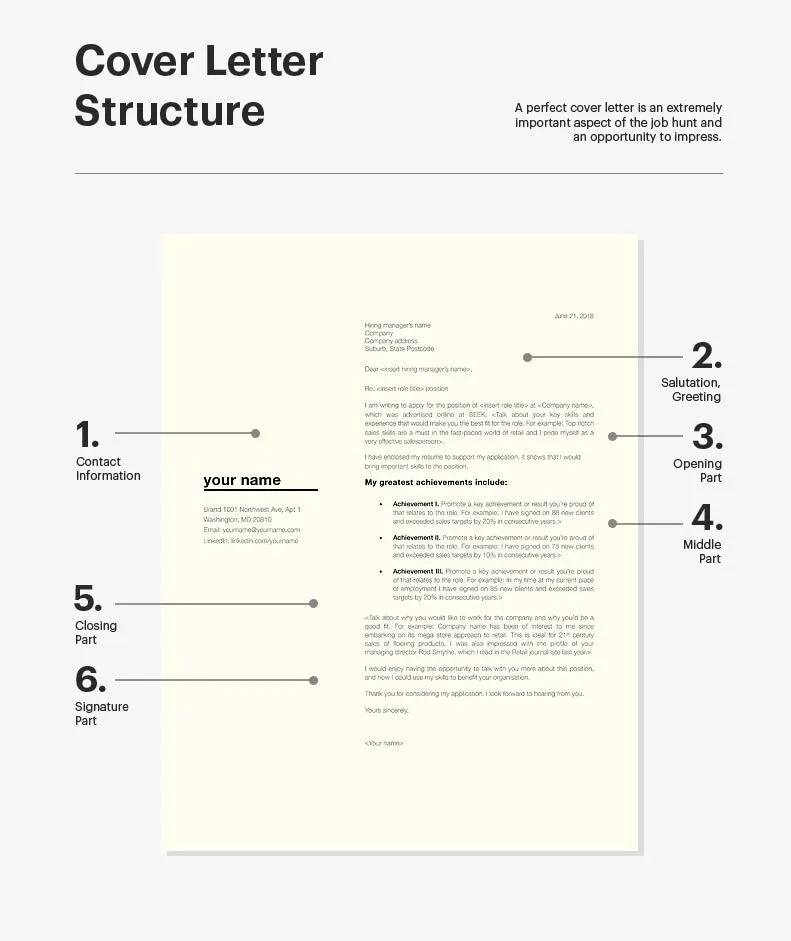
In this section, delve deeper into what you can bring to the company. Explain how your skills and experience will benefit the organization. Discuss your understanding of the company’s mission, values, and goals, and how your contributions can help achieve them. Provide specific examples of how your skills or experiences have addressed similar issues or achieved similar goals in the past. Show the employer that you understand their needs and are prepared to meet them.
Body Paragraph 4 Express Enthusiasm and Call to Action
Reiterate your interest in the position and the company. Express your enthusiasm for the opportunity. Include a clear call to action, indicating your desire for an interview and how the hiring manager can contact you. Thank the hiring manager for their time and consideration. Keep your tone positive and professional, leaving a lasting positive impression. Make it easy for them to take the next step.
Closing
The closing should be a brief, professional statement to wrap up your letter. Reiterate your enthusiasm and thank the reader for their time and consideration. It reinforces your interest and reinforces the value you’ve brought up.
Sign-off

Choose a professional sign-off, such as “Sincerely,” “Respectfully,” or “Best regards.” Ensure it matches the tone of the letter. Following the sign-off, leave space for your handwritten signature (if printing) and type your full name. This completes the formal closure of your cover letter.
Proofreading Your Cover Letter
Proofreading is a crucial step in creating a winning cover letter. Carefully review your letter for any grammatical errors, spelling mistakes, or typos. Incorrect grammar and spelling errors can create a negative impression and undermine your credibility. Read the letter aloud to catch any awkward phrasing or unclear sentences. Have a friend or family member review your cover letter, as a fresh pair of eyes can often spot errors you might have missed. Ensure the formatting is consistent throughout the document. Proofreading reflects your attention to detail and professionalism.
Cover Letter Formatting
Proper formatting enhances readability and professionalism. Use a clear and readable font, such as Arial or Times New Roman, and a font size between 10 and 12 points. Maintain consistent margins (typically one inch on all sides) and line spacing (single or 1.15). Align the text to the left and use a clear, easy-to-read structure. Divide the letter into concise paragraphs, with appropriate spacing between sections. Avoid using excessive formatting, such as bolding or underlining. Keep the letter to one page. Correct formatting demonstrates your attention to detail and professionalism.
Common Mistakes to Avoid
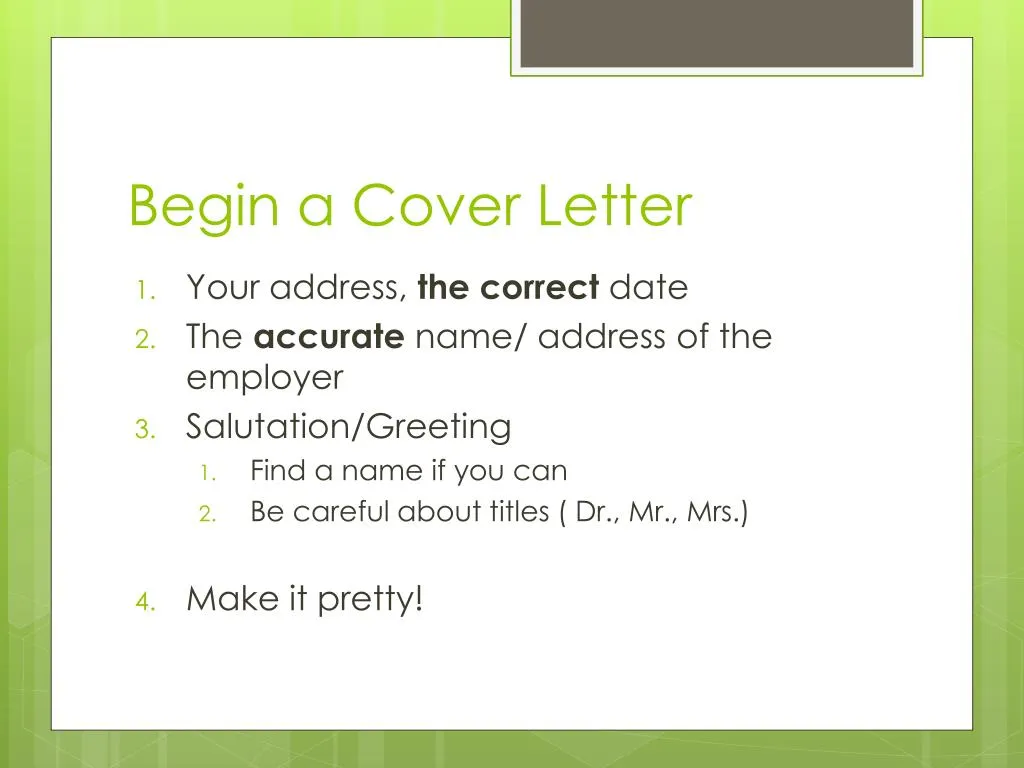
Avoid common mistakes to increase your chances of success. Don’t use generic cover letters. Tailor each letter to the specific job and company. Refrain from simply repeating your resume; use the cover letter to expand on your qualifications and achievements. Avoid using overly formal or casual language. Ensure your tone is professional, yet enthusiastic. Don’t include irrelevant information. Stick to the skills and experience that align with the job description. Never include lies or exaggerations. Always be honest and truthful about your skills and experience. Watch for grammatical errors, spelling mistakes, or typos. Finally, do not exceed the one-page limit.
Tailoring Your Cover Letter
Tailoring your cover letter to each job is essential. Review the job description carefully, and highlight the specific skills and experiences that the employer is seeking. Research the company to understand its values, culture, and mission. Use keywords from the job posting in your cover letter to show that you understand the requirements. Address the specific needs and challenges of the role and company. Demonstrate your knowledge of the industry and how you can contribute to the organization’s success. Show why you are a unique candidate for that specific position.
Cover Letter Examples
Reviewing cover letter examples can help you understand the structure and tone. Look for examples relevant to your industry and the type of position you are applying for. Pay attention to how the examples address the job requirements and showcase the applicant’s qualifications. Use these examples as a guide, but always tailor your cover letter to your own experiences and the specific job description. Adapt the examples to showcase your unique value and make a strong impression on the hiring manager.
